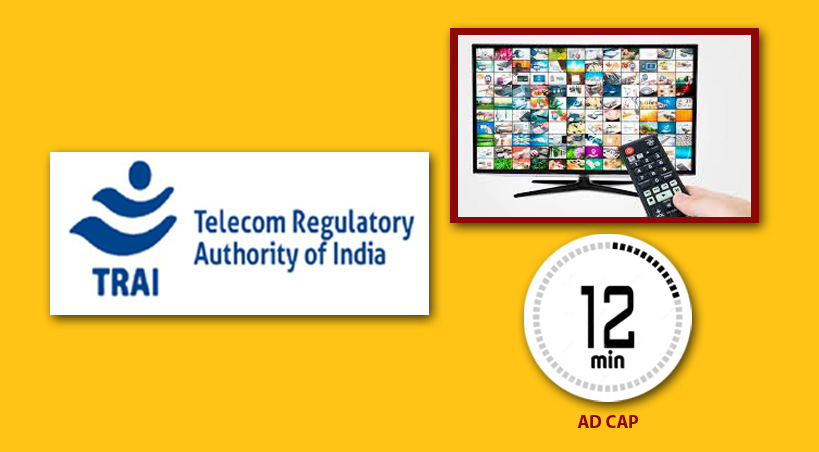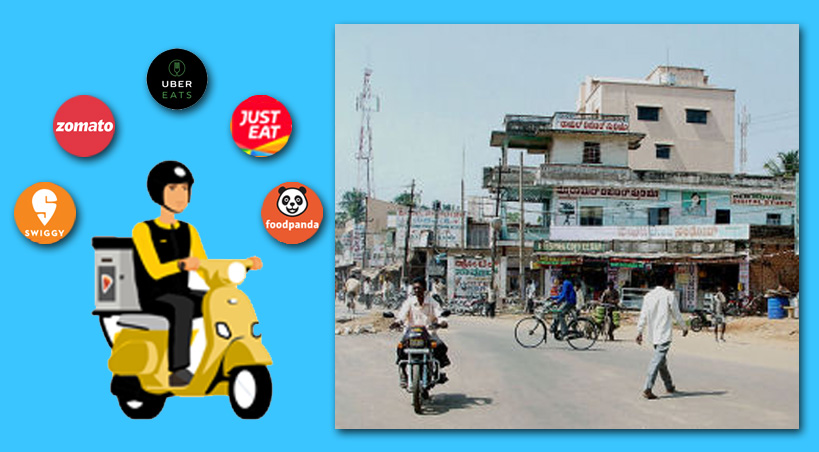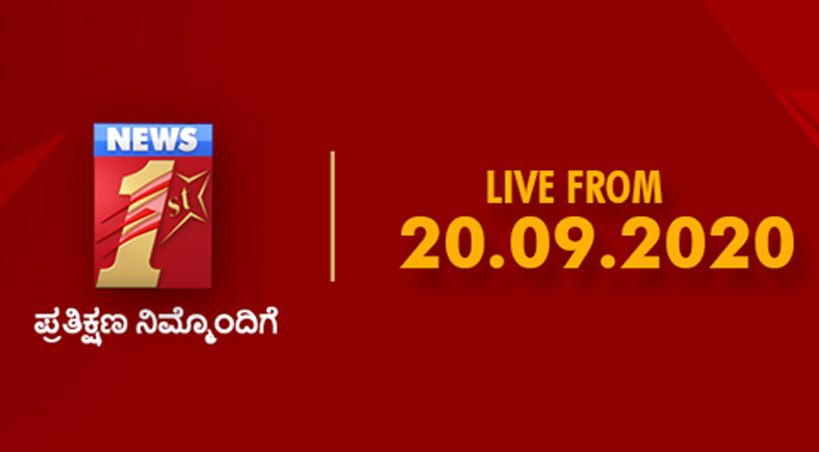TRAI’s 12-min Ad Cap Can Disrupt Television Industry

In between the ongoing debates and discussions on NTO 2.0, TRAI has taken steps to introduce a 12-min cap on Television advertising. The regulatory body knocked the doors of Delhi High Court for a quick hearing of the case, however, the court pushed the date to September 28 for the final hearing.
The present situation is not apt for the pandemic-hit media environment as a 12-min cap on advertisements could bring a bloodbath in the entire television industry.
“Our revenues have touched record lows during the lockdown. Even with viewership peaking, we could hardly manage to sell ad slots. Then there was a fresh blow about implementing NTO 2.0 which could bring down our subscription revenues. At this time we are not in a position to accommodate an ad cap that would bring down our dwindling ad revenues even further,” said a broadcaster on the condition of anonymity as the matter is sub judice.
Experts have also indicated that FTA would be the worst-hit sector. The extent of damage done in the broadcasting ecosystem can be understood by the sheer number of FTA Channels.
As per the FICCI EY report 2019, at the end of 2019, there were 918 channels out of which 63% were FTA.
“FTA channels are solely dependent on ad revenues as it is their only source of income. TRAI should not endorse any such move that hampers the sustenance of the FTA ecosystem that is providing free content to viewers,” said a news broadcaster.
He said that the news category will get a huge blow if the 12-minute ad cap is introduced as news channels would comprise 42% of the total registered channels (386/918) in India.
TRAI pushed in favor of introducing the cap with the excuse that it intends to protect the interest of the viewers. Experts said that viewers will have a tough time if the 12- min cap gets implemented as broadcasters especially the smaller ones will have to pull down their shutters lowering the number of contents available. Broadcasters are in a dilemma as to why TRAI is trying to implement the cap when the television industry is running at a loss.
“Even in Europe, where the rules were first introduced as Audio-Visual Media Services Directive, they were proposed to be changed in May 2016. From the earlier rule of restricting advertisements to 12 minutes, broadcasters were asked to adhere to advertising every 20 minutes and the cap had been set at overall 20% for advertising for broadcasting between 7:00 and 23:00 hours. Interestingly, broadcasters’ own promotions, sponsor announcements, and product placement did not fall under the advertising cap. Likewise, we should explore other models and not cap advertisements. This will be nothing but a draconian move,” said a senior member of a broadcasting body in the country.
As per TRAI’s recommendation, the 12-minute ad cap includes 10 minutes of advertising and 2 minutes of self-promotions. In an attempt to follow the rules and also manage a sustainable topline, some broadcasters are viewing to accept the cap as well. They have requested to spread it for the whole day and not restrict it only for an hour. But as per TRAI’s order, ‘no broadcaster shall, in its broadcast of a program, carry advertisements exceeding twelve minutes in a clock hour’.
“Even if we accept the 12-minute cap, we can restrict advertisements to a total of 288 minutes. But keeping the 12 minutes restricted to an hour makes it extremely difficult for us. If we exhaust the commercial time limit between late night and early morning where there are no ads in the first place, where do we make our revenues from?” said a popular FTA broadcaster.
The case is on hold for seven years and it dates back to March 2013, when TRAI reinstated the Quality of Service norms (QoS) as per the CTNR (Cable Television Network Regulation) laws, 1995.
The September 28, hearing would thereby decide the fate of 900 odd channels that are struggling to get ad revenues and sustain in the market.



